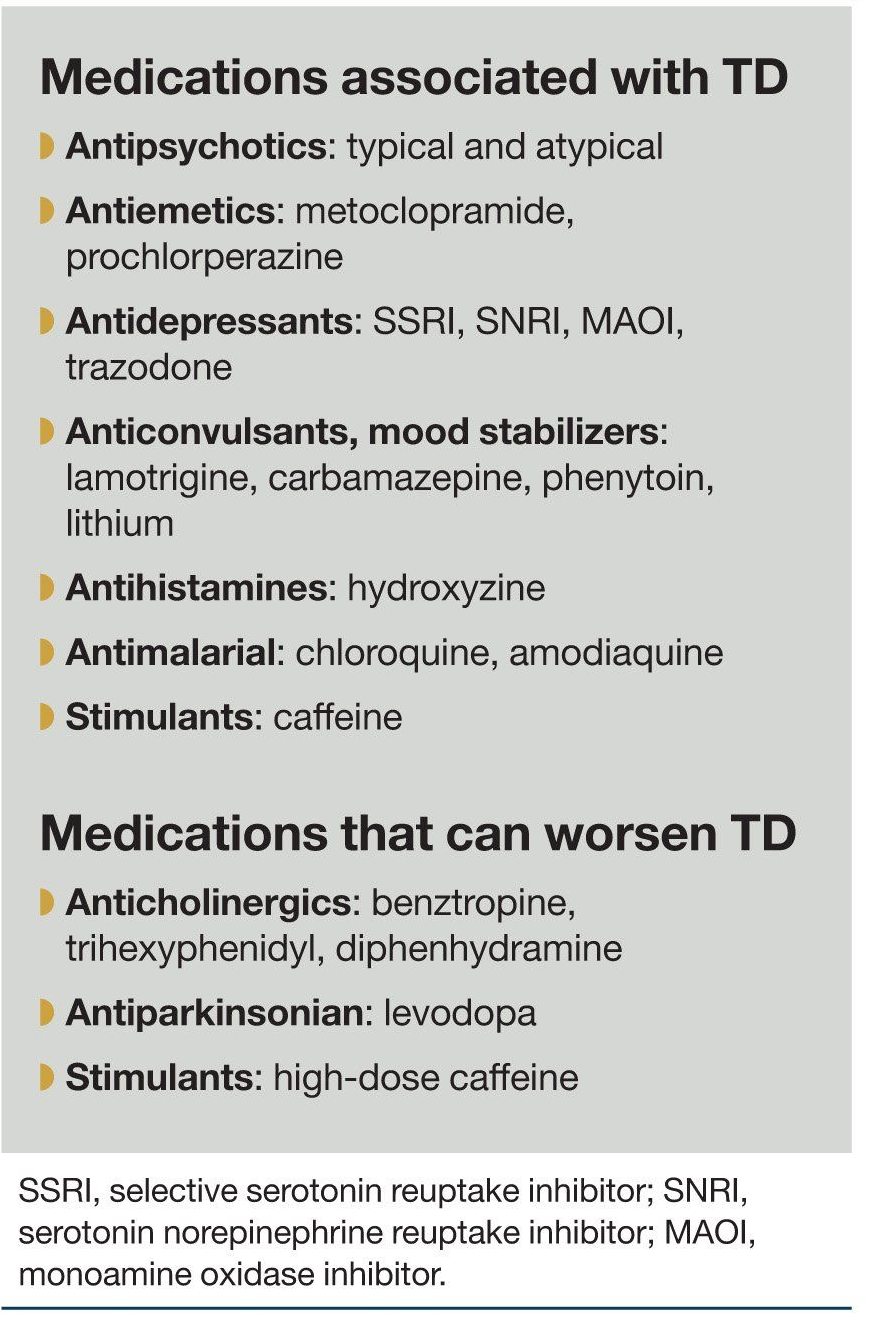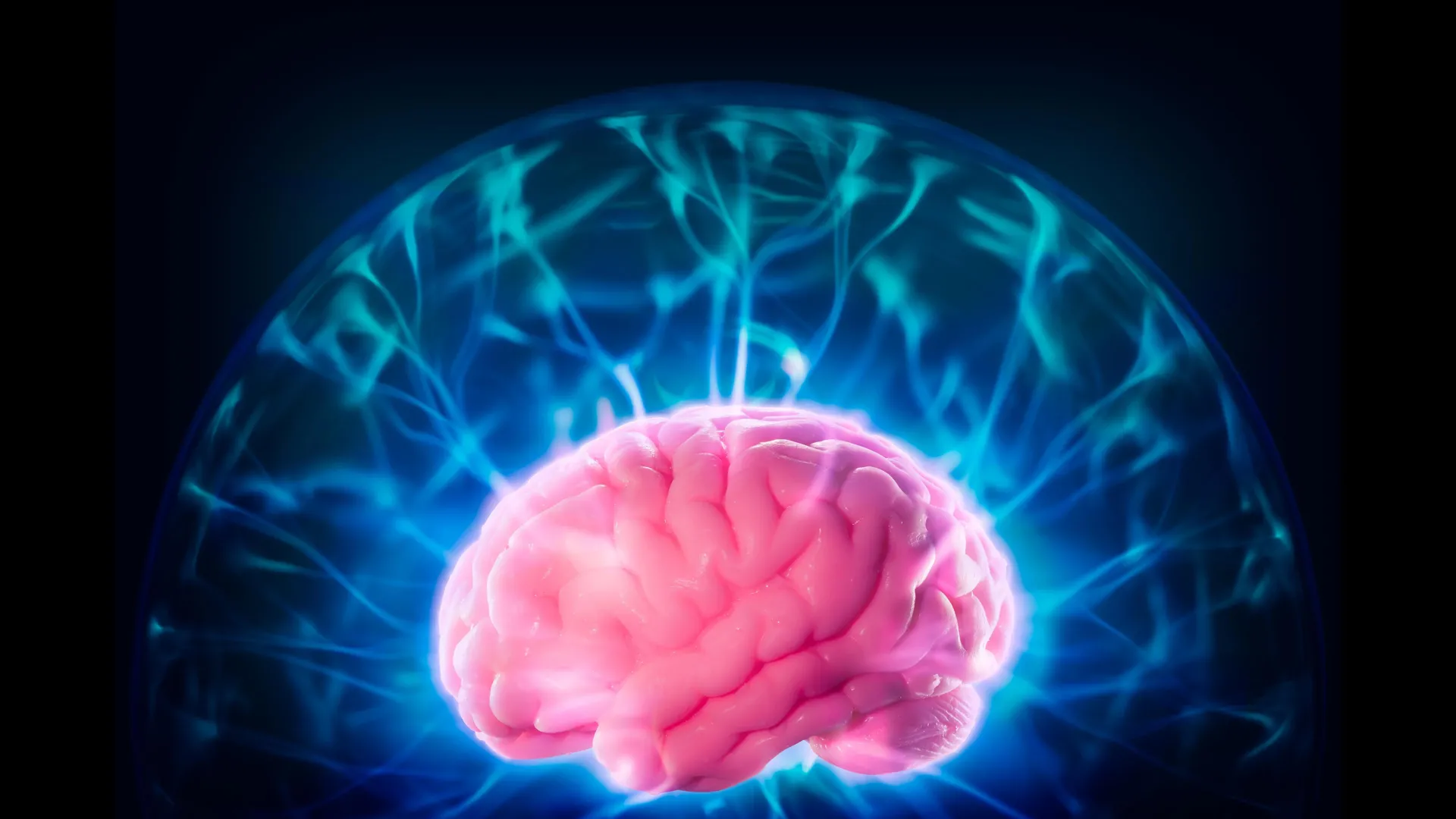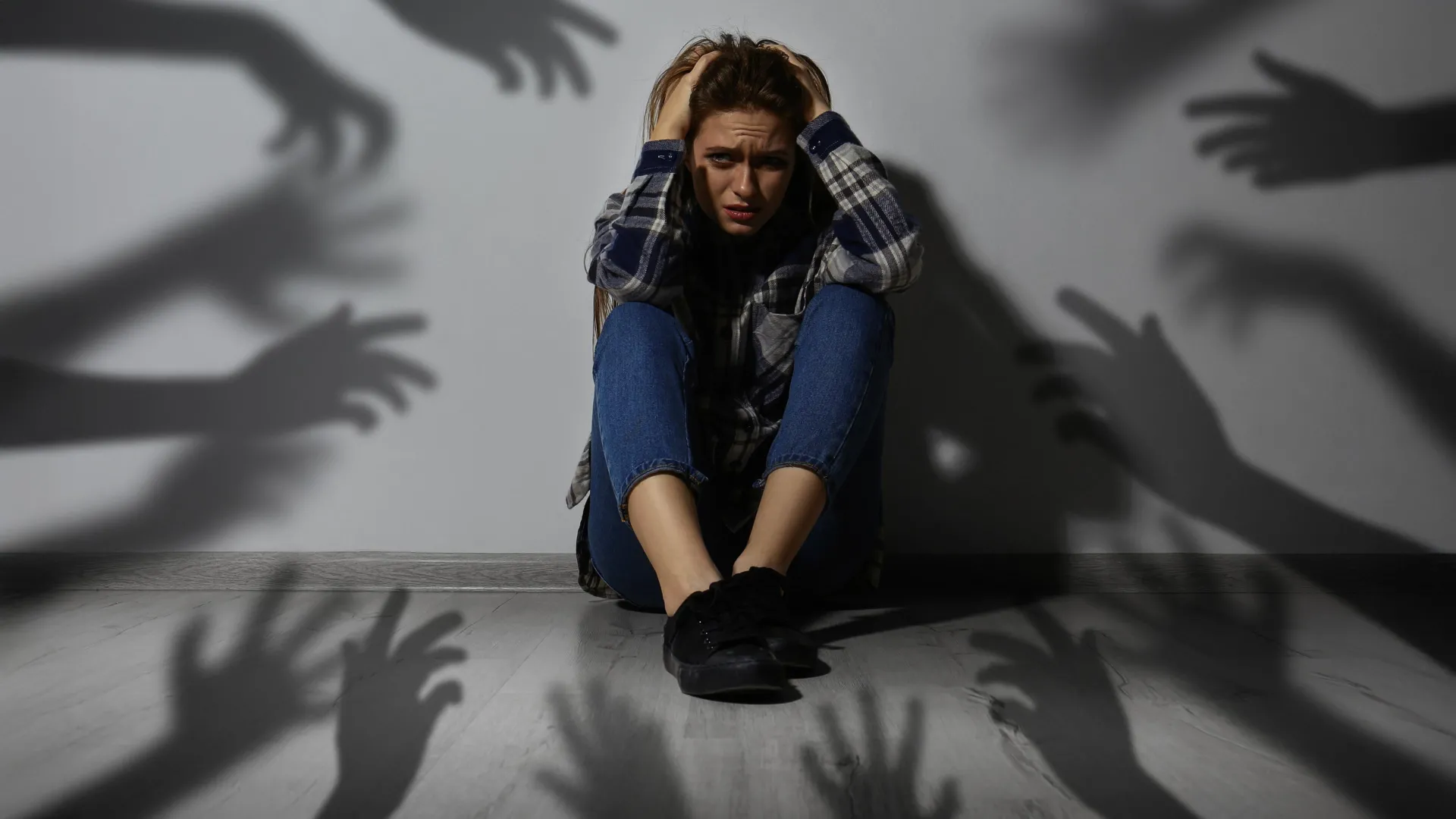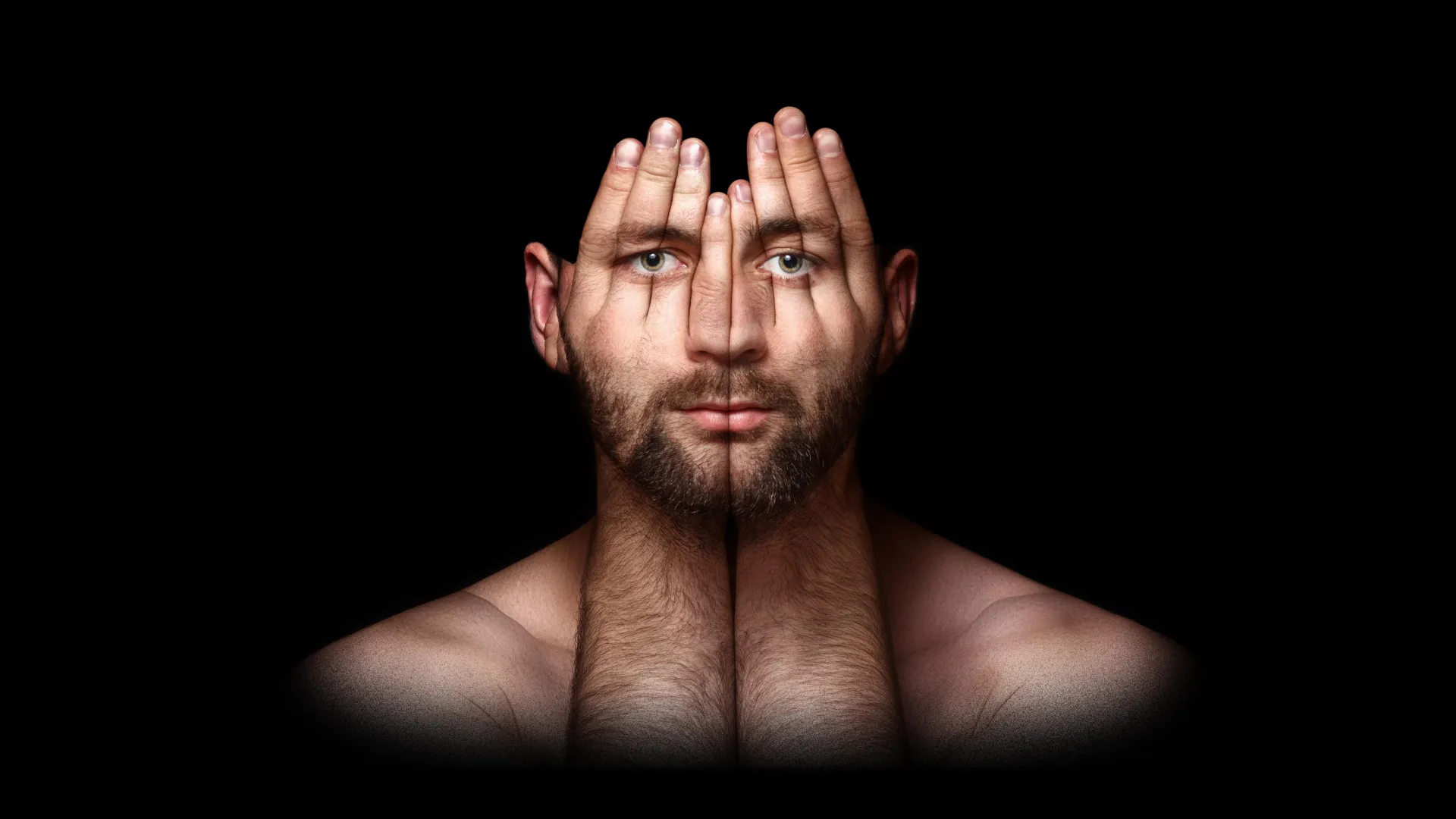The NP and PA Leaders of The POCN Psychiatry Center of Excellence
POCN’s Psychiatry Center of Excellence is curated by NPs and PAs who review the latest content and select only the information and resources that are most useful to NPs and PAs. They also provide their own unique points of view on the latest news and best practices in treating psychological disorders and related diseases.

Tardive Dyskinesia: More than Skin Deep
Despite the recent availability of safe and effective treatments for Tardive Dyskinesia, many healthcare providers remain hesitant to use them. They may believe that TD does not bother those who suffer from it or feel that the impact of TD pales in comparison to the primary symptoms they are treating, such as psychosis or mania. My experience is that some clinicians just don’t realize that the involuntary movements can cause physical, emotional, and interpersonal problems.
PERSPECTIVES
PATIENT RESOURCES
Features of the disorder may include:
- Frowning
- Tongue sticking out
- Lip smacking
- Puckering and pursing of the lips
- Rapid eye blinking
- Rapid movements of the arms, legs, and trunk may also occur.
Approximately 60 to 70 percent of the cases are mild, with about 3 percent being extremely severe.
Severe cases may involve problems such as difficulty swallowing, speech interference, disfigured facial features, and breathing trouble.














